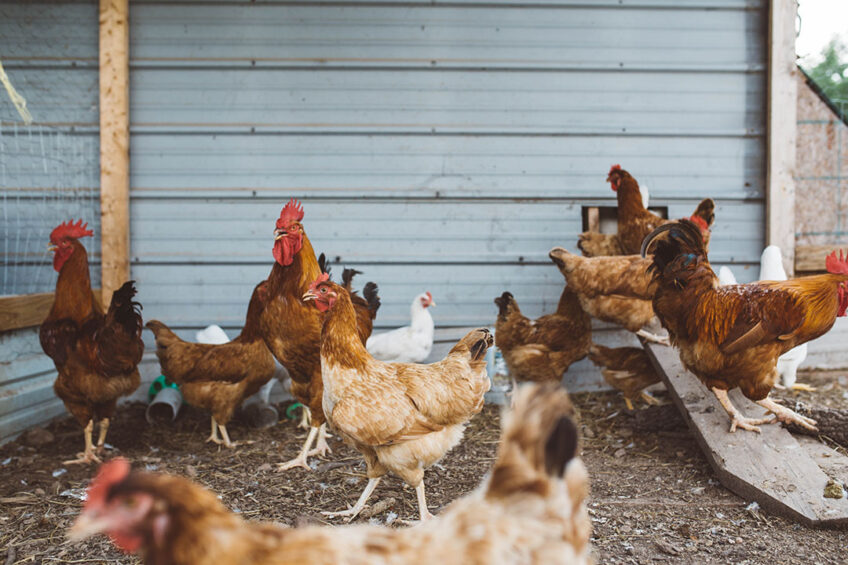Ethiopians encouraged to replace beef with chicken

To limit increasing methane emissions, Ethiopia’s government is promoting smaller livestock aimed at encouraging the consumption of chicken instead of beef.
The government has further prioritised the agriculture sector to boost rural employment opportunities, increase exports and assist its goal to grow the economy by 10% per year over the next decade.
More livestock than anywhere else in Africa
The East African country, which contributes just 0.04% to global emissions and has 1.5% of the global population, has more livestock than anywhere else in Africa, according to Climate Home News. The sector, it says, is dominated by cattle, which accounts for 48% of national greenhouse gas emissions, according to its improved climate plan recently submitted to the United Nations. “This plan represents a clear progression in ambition with 68.8% emission reduction target by 2030”, says the country’s commissioner for the environment, forest and climate change commission, Fekadu Beyene Aleka.
Increased demand for meat
Urbanisation and a growing population will mean an increase in the demand for meat, which would result in driving up methane emissions, Aleka told Climate Home News. To limit these emissions, the government wants to increase the share of poultry, fish, and small ruminants and replace non-dairy cattle with chickens, sheep and goats.
More chickens to be sold
According to the plan, the livestock sector exhibits the second most important mitigation abatements and contributed nearly 45% of total base year emissions in 2010. Policy interventions in this sector will reduce the emission level in 2030 to 180 mt CO2eq, it notes. By 2030, the government wants to increase the number of commercial chickens sold from 33,000 tonnes to nearly 81,000 tonnes and produce nearly 5 times more sheep and 6 times as many goats.
Research heralds better poultry for sub-Saharan Africa
Researchers found that birds from 2 distinct indigenous chicken ecotypes in Ethiopia share several genetic regions linked to important productivity and disease resistance traits. Read more…
The plan includes:
– Enhancing efficiency and productivity in livestock subsectors.
– Replacing cattle and oxen used as working animals with tractors.
– Replacing non-dairy stock with chickens and inducing a demand shift from beef to chicken.
– Improve feeding to reduce emissions from enteric fermentation.
At a cost of billions
Subject to international finance of an estimated US$ 316 billion, the measures are projected to reduce emissions by 7.6% compared with business as usual by 2030. With national resources alone, Ethiopia pledged to cut emissions by 14% below business as usual by 2030, which would see emissions increase slightly compared to 2010.
With nearly 80% of the population living in rural areas as smallholder farmers, livestock is mainly used as a means of livelihood in Ethiopia. “It’s also about shifting the culture from keeping large animals to small animals,” said Aleka, adding that implementing the measures will require engagement with communities, adequate market infrastructure for farmers and incentives that will be piloted on small-scale projects.













